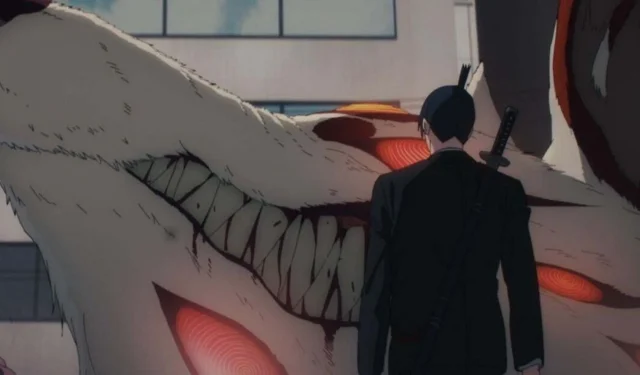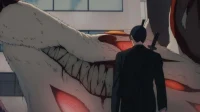The world of Chainsaw Man presents a fascinating exploration of Devils, entities that symbolize various fears. These Devils gain power as their associated fears grow, captivating audiences with the depth and complexity this adds to the story. As the narrative unfolds, the introduction of diverse and unique Devils enriches the plot significantly.
Traditionally depicted as malevolent beings intent on harming humanity, Devils have prompted the establishment of Public Safety, whose mission is to eliminate these threats through skilled Devil Hunters. However, a recent interpretation is challenging this notion, suggesting that many Devils might not begin as evil but become hostile due to their circumstances.
Disclaimer: The following content is speculative.
Reexamining the Hostility of Devils in Chainsaw Man
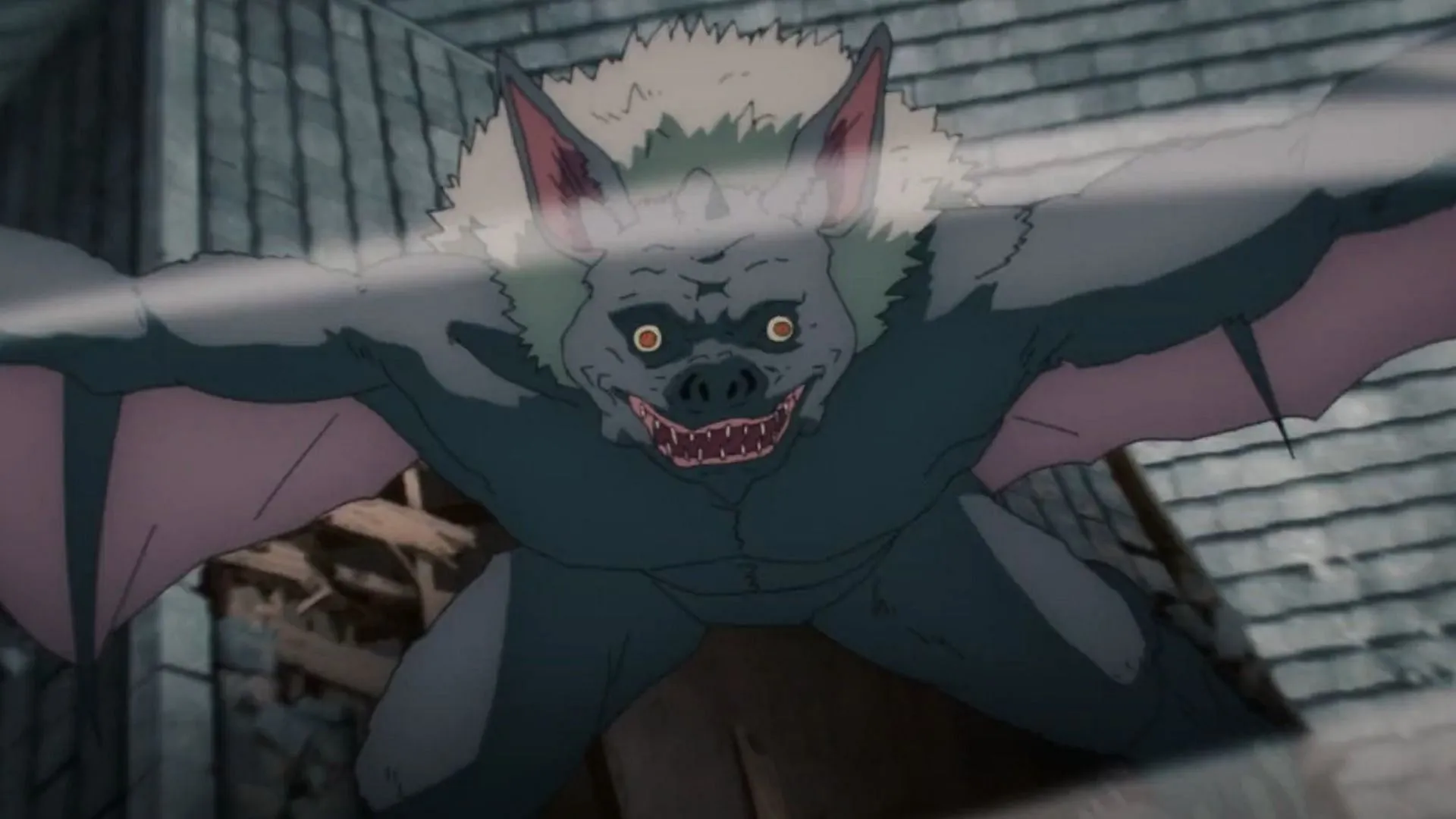
A new theory circulating among fans posits that the cycle of reincarnation among Devils largely contributes to their perception of humanity. It suggests that unless a Devil’s existence embodies an inherently negative concept, such as terrorism or abuse, they are not naturally inclined towards malevolence.
Upon their initial creation in Hell, Devils are subjected to its horrors, often leading to violent confrontations where more powerful Devils eliminate their weaker counterparts. The presence of Chainsaw Man, viewed as the “Hero of Hell,”plays a pivotal role in this brutal process. This might explain why many Devils, even after reincarnating on Earth, recall the haunting sound of a chainsaw.
The theory further delves into the idea that each death leaves a lasting imprint on the Devil’s essence. This haunting memory of the chainsaw sound resonates deeply, likely causing a thirst for power and fear towards both humans and fellow Devils. As fear fuels a Devil’s strength, this cycle intensifies their hostility.
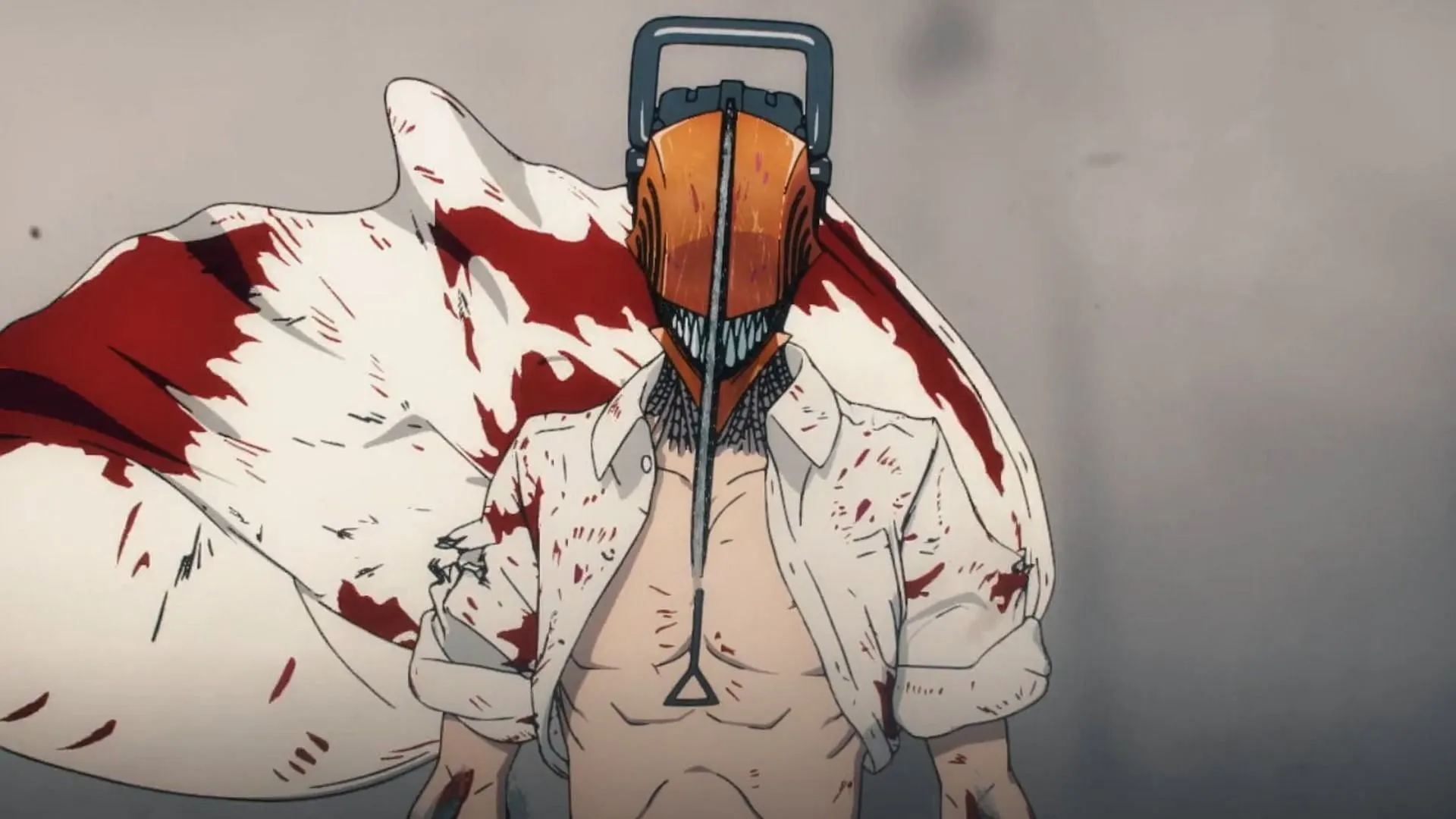
An interesting case is Bucky, the Chicken Devil, who embodies the fear of chickens. Unlike most Devils, Bucky’s early pickup by humans shielded him from the cycles of death and reincarnation, which may explain his non-malicious nature. Similarly, Pochita’s gentle demeanor suggests he has not undergone this violent cycle.
Moreover, other Devils, such as Aging and Bat, do not exhibit inherent malice. Aging simply complies with contractual obligations, while Bat is more concerned with his own appetites than causing harm. This trend could extend to the Horsemen, who may also possess the independence to act without the influences of repeated reincarnations.
Conclusion: The Complexity of Devil Existence
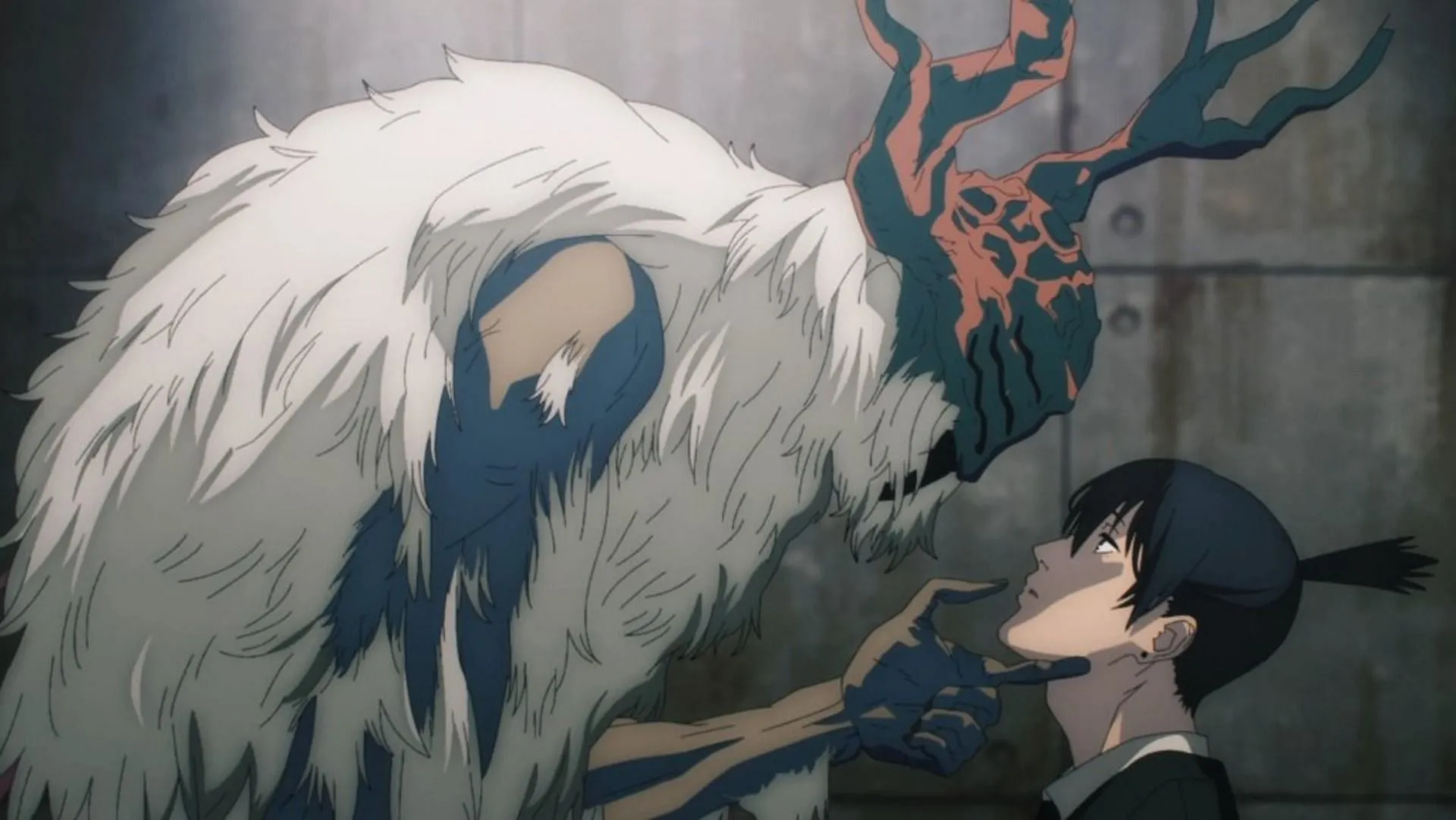
The proposed theory regarding the cycle of death and rebirth among Devils offers a compelling perspective. Essentially, these entities are immortal, transitioning between Hell and Earth, though they largely remain unaware of their past lives—exceptions being rare, like the Angel Devil. However, the theory raises questions about the roots of their antagonistic behavior.
A closer examination reveals that many Devils do not inherently despise humanity. Some may regard humans as inferior, treating them as playthings (as seen with Yoru and Makima), while others form contracts to enhance their own power, like Fire and Eternity. Generally, open attacks on humans are infrequent, indicating a complex relationship rather than outright hostility.
Additionally, the origins of Public Safety remain enigmatic. Understanding their motivations, especially regarding their treatment of Devils like Future, could shed light on their actions. It is perplexing that Public Safety chooses to imprison certain Devils rather than eliminate them. Their willingness to engage with Devils for their own ends while simultaneously hunting them adds another intriguing layer to the narrative, leaving fans eager for answers as the series progresses.
